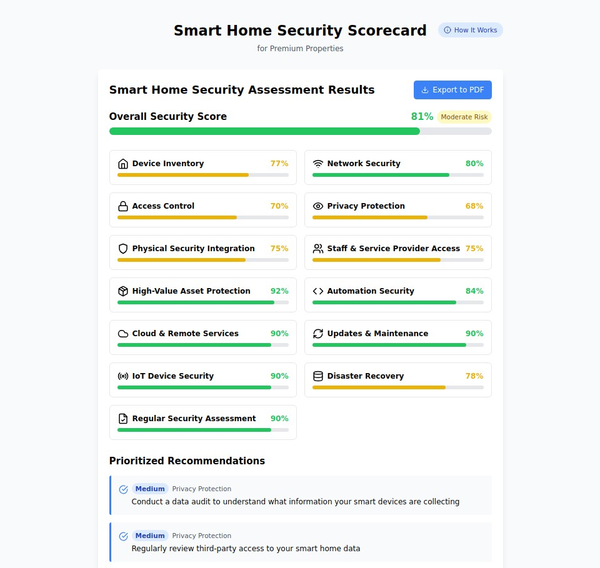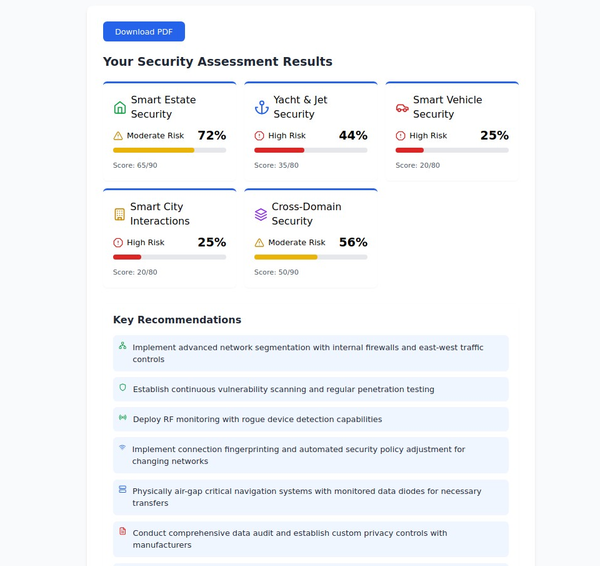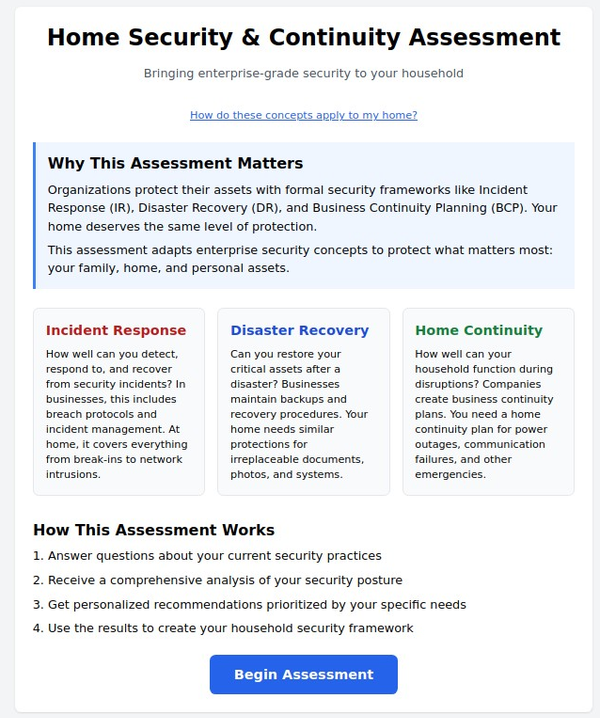The Importance of Segmentation for IoT Devices: Enhancing Security and Protecting Privacy

Introduction: The proliferation of IoT devices has brought numerous conveniences to our lives, but it has also raised concerns about security and privacy. Hackers exploiting vulnerabilities in IoT devices, such as cameras and baby monitors, have underscored the need for robust security measures. One effective approach to mitigate these risks is through network segmentation. In this article, we will explore the importance of segmentation for IoT devices and how it enhances security while safeguarding your privacy.
Understanding IoT Device Vulnerabilities:
a. Security Risks: IoT devices are often vulnerable to cyberattacks due to their limited security features, weak default passwords, and outdated firmware.
b. Privacy Concerns: Devices like cameras or baby monitors may capture sensitive audio and video data, making them potential targets for unauthorized access or privacy breaches.
What is Network Segmentation?
a. Definition: Network segmentation involves dividing a network into distinct subnetworks to isolate and control the flow of data between different devices and services.
b. Benefits of Segmentation: By implementing network segmentation, you create boundaries that limit the impact of a security breach and provide granular control over data access, reducing the attack surface for IoT devices.
Enhancing IoT Device Security:
a. Isolation of IoT Devices: Segmentation allows you to isolate IoT devices from other devices on the network, preventing unauthorized access and limiting lateral movement within the network.
b. Access Control: Segmentation enables you to implement access control policies specific to IoT devices, such as restricting inbound and outbound traffic and applying firewall rules.
c. Traffic Monitoring: By segmenting the network, you can monitor traffic patterns specific to IoT devices, making it easier to detect anomalies and potential security breaches.
Protecting Privacy:
a. Data Isolation: Segmentation helps keep IoT device data separate from other network traffic, reducing the risk of unauthorized access to sensitive information and protecting user privacy.
b. Controlling Data Flow: Through network segmentation, you can control how data flows between IoT devices and other parts of the network, ensuring that personal information remains secure.
c. Reducing Exposure: By segregating IoT devices, you minimize the chances of private data being intercepted or accessed by unauthorized individuals or malicious actors.
Implementing Network Segmentation:
a. Device Categorization: Categorize IoT devices based on their security risks and data sensitivity to determine the level of segmentation required.
b. VLANs and Subnets: Use Virtual Local Area Networks (VLANs) or separate subnets to create isolated network segments for IoT devices.
c. Access Controls: Implement access controls, such as firewalls and network policies, to regulate traffic between different network segments.
d. Regular Monitoring and Updates: Continuously monitor the network segments and apply regular firmware updates and security patches to IoT devices to mitigate potential vulnerabilities.
Considerations for Network Segmentation:
a. Ease of Use: Ensure that network segmentation does not hinder the functionality or ease of use of IoT devices. Strive for a balance between security and convenience.
b. Compatibility: Verify that your network infrastructure supports the segmentation techniques you plan to implement, such as VLANs or separate subnets.
c. Network Architecture: Plan your network architecture carefully, considering factors like scalability, network performance, and management overhead.
Conclusion: Segmenting IoT devices from the rest of the network is a crucial step in enhancing their security and protecting privacy. By isolating IoT devices, implementing access controls, and monitoring traffic, you can significantly reduce the risk of unauthorized access, data breaches, and privacy infringements. Incorporate network segmentation as part of your overall IoT security strategy to ensure a safer and more privacy-focused environment for your connected devices.





